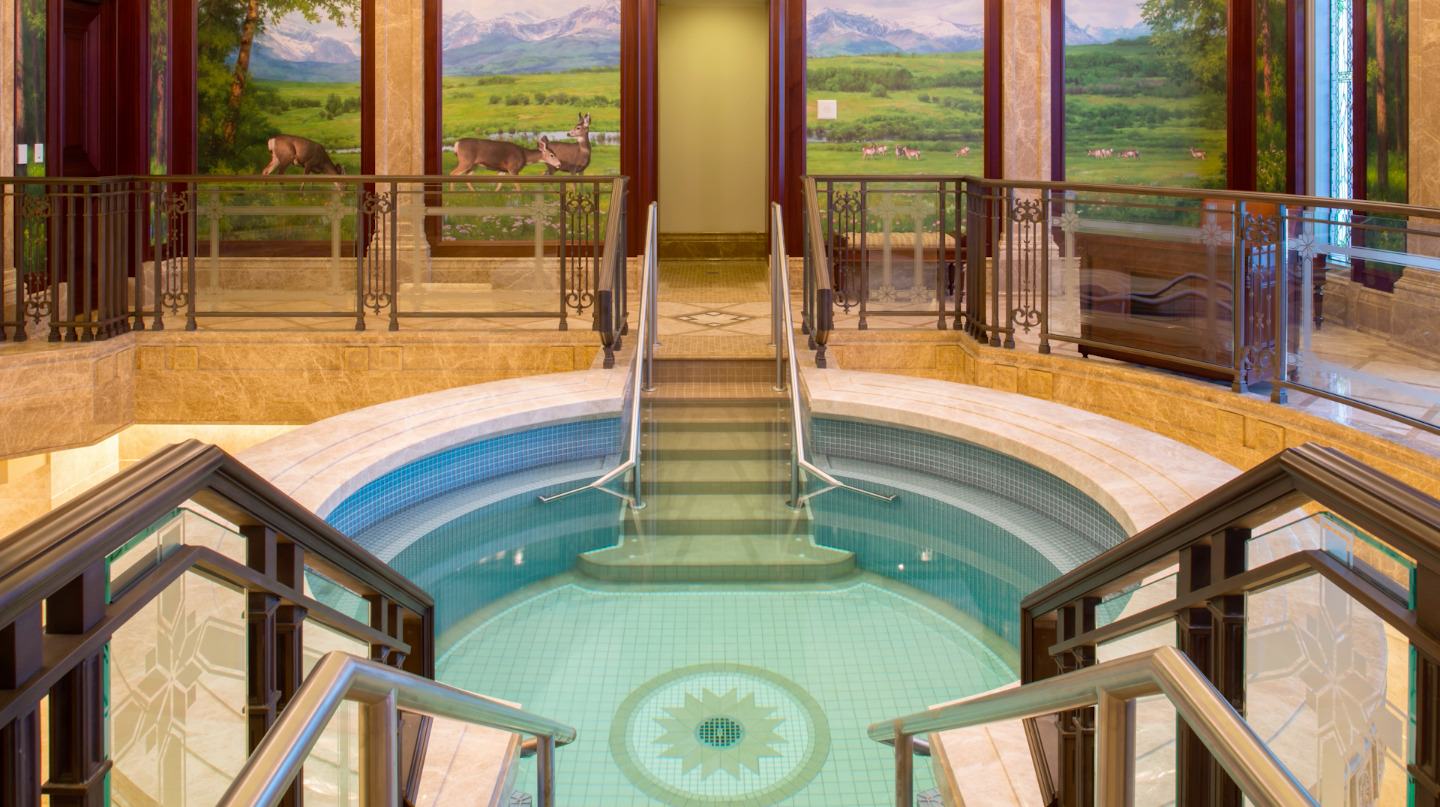Freiburg Germany Temple


The Freiburg Germany is the third temple built in Europe and the first temple in Germany. Built in East Germany the Freiburg Germany Temple, was built under a communist government, behind the Iron Curtain.
The Freiburg Temple is the 33rd dedicated Temple of The Church of Jesus Christ of Latter-Day Saints.
Struggling to get the members of East Germany their endowments, Henry Burke Petersen, of the presiding Bishopric proposed the possibility of creating an “Endowment House,” like in the early days of the restored Church. Hoping that this building would only function for the living to receive their endowments, there would be no baptistry, but only work would be done for the living. The leadership of the Church tried many different things to get the members behind the Iron curtain their temple blessings, but never had to have this building come to be, because the Temple came to be.
President Thomas S. Monson and other Church leaders worked tirelessly for permission for the East German Saints to go to the Switzerland Temple and receive their temple blessings. The Government officials refused to let the Germans Saints leave.
President Monson proposed for the East German members to be able to go to Switzerland in a group of six people at a time, on good faith that they would return again. The communist leaders did not like the idea of anyone leaving and refused to let the Saints go get their temple blessings. After nearly twenty years of working with East German leaders, on behalf of the German Saints, the Communist leaders agreed to let The Church of Jesus Christ of Latter-Day Saints build a temple in East Germany! It was a miracle!
President Monson recorded: “This is a miracle of miracles! I think it all began when we made a final effort with the government to get permission for our faithful couples to go to the Swiss Temple. The [German] Minister in their government then said, ‘Why not build a temple in our country?’ We took him up on his offer, and the building is now underway.”
The groundbreaking was done by Thomas S. Monson and the Temple was dedicated by Gordon B. Hinckley.
Even after the Communist government agreed to let the Church build the temple there were still concerns that the government would take the temple once it was built, or enter after it was dedicated. Private property was not permitted in East Germany, but more miracles were seen. The Church was granted private ownership, an unprecedented move by the Communist government.
Only 4,000 members lived in the German Republic at the time of the Temple open house, but nearly 90,000 people went through the temple open house. Members and non-members were excited to see the new Temple!
After the Freiburg Temple was dedicated, there were still concerns that the temple would not stay open for long, and the government would change their minds. The members organized themselves into groups and gave priority to those who had not previously been to the temple. Members came by appointment with their branches to receive their personal ordinances. The members in East Germany kept the temple busy all day long. It was the first temple to need an appointment and even Stake Leaders complained to the General Authorities saying nobody is doing home teaching anymore because they are all spending all their time in the temple. President Monson said there is not better place to be spending time.
President Monson wrote in his journal: “Frequently people will ask, ‘How has it been possible for the Church to obtain permission to build a temple behind the Iron Curtain?’ My feeling is simply that the faith and devotion of our Latter-Day Saints in that area brought forth the help of Almighty God and provided for them the eternal blessings which they so richly deserve.”
There were cost saving efforts while building the Freiburg Temple because of speed in building it and not knowing how long the temple would stay open. The Freiburg Germany Temple received major renovations in July 2001. The baptistry was redesigned, waiting room, brides room and an addition of the angle Moroni statue on top was added. Although the temple was changed the front of the temple was left the same. The architect, Hanno Luschin said that the affection for the temple ran so deeply among the Saints that they chose to not change the look.










